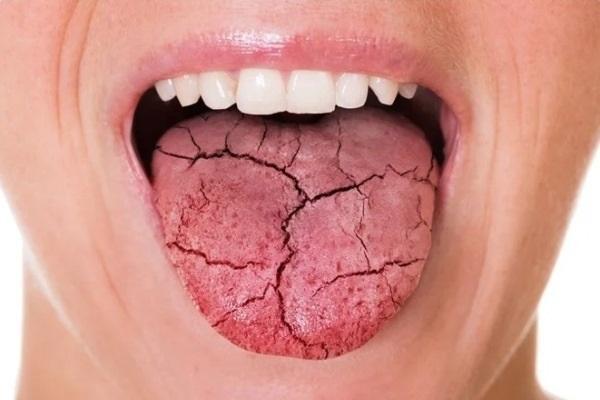A study has shown that there is a relationship between dry eyes (keratoconjunctivitis sicca) and xerostomia symptoms.

Dry eye disease and xerostomia have been extensively studied, but independently. Perhaps that is why their relationship has remained relatively unexplored. A recent study of 150 randomly selected 65-year-old participants in Norway examined this association and found that there was a correlation between the two conditions.
Researchers from the Faculty of Dentistry at the University of Oslo and the Norwegian Dry Eye Clinic jointly conducted a cross-sectional study, which is part of a larger project, the OM65-study, which aims to shed light on the oral health of 65-year-old Norwegians. Potential study participants were randomly selected from the Norwegian tax registry and invited to participate in the initial review. Of the 460 participants who attended the initial survey, only 150 participated in this follow-up study due to difficulties encountered at the start of the COVID-19 pandemic.
Each participant underwent a subjective and objective eye assessment for keratoconjunctivitis at the Dry Eye Clinic. The evaluation included several questionnaires and a clinical examination. Later, the subjects were examined at the research clinic of the Faculty of Dentistry of the University of Oslo and asked to complete an additional questionnaire about the frequency of dry mouth they experienced. Each participant's xerogenic drug intake and history of systemic disease were also recorded.
According to the authors of the study, the participants found a significant positive correlation between the symptoms of dry eyes and xerostomia. Surveys have shown that these two conditions pathologically coexist in 4% of study participants. Patients with current or former systemic diseases were also likely to have symptoms of dry eye disease and xerostomia. The authors also noted that “there was a significant correlation between ocular and oral symptoms and the amount of drugs/xerogens used.”
“The presence of significantly more severe ocular and oral symptoms and objective oral examination findings in participants with current or pre-existing systemic diseases requires increased awareness and a multidisciplinary approach,” the authors concluded.
